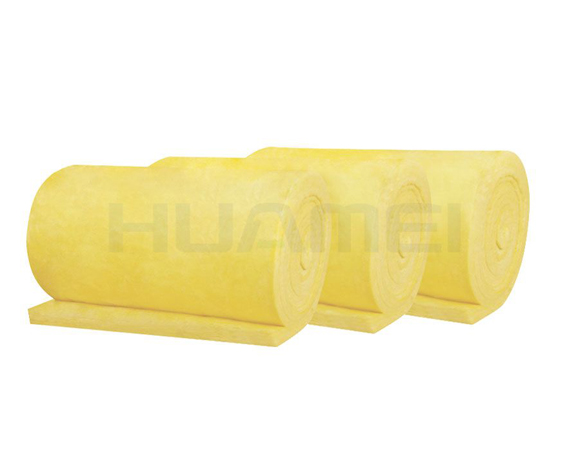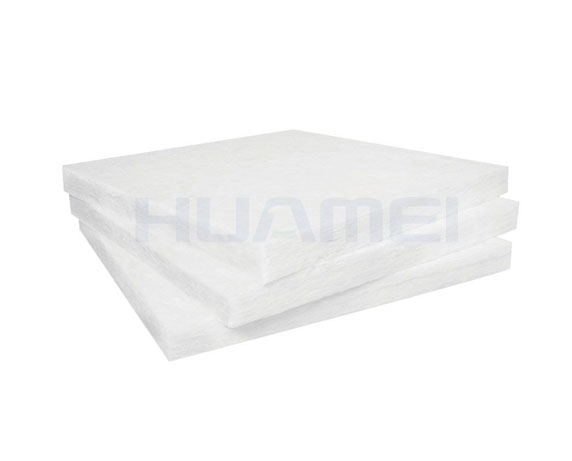E-mail: marketing@hbhuamei.com
Glass wool is an insulating material made from glass fibers called borosilicate glass, which is arranged using an adhesive to form a wool-like texture. It consists of silica sand, recycled glass, and fixative, forming the perfect combination to provide excellent insulation and coating for houses.
Glass wool - thermal insulation (originally known also as fiberglass) is an insulating material made from fibers of glass arranged using a binder into a texture similar to wool. Glass wool and stone wool is produced from mineral fibers and are therefore often referred to as ‘mineral wools’. Mineral wool is a general name for fiber materials that are formed by spinning or drawing molten minerals. Glass wool is a furnace product of molten glass at a temperature of about 1450 °C.
From the melted glass, fibers are spun. This process is based on spinning molten glass in high-speed spinning heads somewhat like the process used to produce cotton candy. During the spinning of the glass fibers, a binding agent is injected. Glass wool is then produced in rolls or in slabs, with different thermal and mechanical properties. It may also be produced as a material that can be sprayed or applied in place, on the surface to be insulated.

MLEX Glass Wool
Applications of glass wool include structural insulation, pipe insulation, filtration, and soundproofing. Glass wool is a versatile material that can be used for the insulation of walls, roofs and floors. It can be a loose-fill material, blown into attics, or, together with an active binder sprayed on the underside of structures. During the installation of the glass wool, it should be kept dry at all times, since an increase in the moisture content causes a significant increase in thermal conductivity.
Glass wool is particularly used as an interior thermal and acoustic insulation material. They are most often used under pitched roofs, on wooden floors, or on interior walls. Glass wool is mainly found in the interior of houses because it rapidly loses its insulating value when exposed to moisture.
Do you want to insulate your roof, floor, or walls with fiberglass insulation? An experienced insulation specialist will do the job perfectly. On our quote page, you can request free and no-obligation quotes from various professionals. Click here to request a quote.

Formaldehyde-free Glass Wool
Thermal conductivity is defined as the amount of heat (in watts) transferred through a square area of material of a given thickness (in meters) due to a difference in temperature. The lower the thermal conductivity of the material the greater the material’s ability to resist heat transfer, and hence the greater the insulation’s effectiveness. Typical thermal conductivity values for glass wools are between 0.023 and 0.040W/m∙K.
In general, thermal insulation is primarily based on the very low thermal conductivity of gases. Gases possess poor thermal conduction properties compared to liquids and solids, and thus make a good insulation material if they can be trapped (e.g. in a foam-like structure). Air and other gases are generally good insulators. But the main benefit is in the absence of convection. Therefore, many insulating materials (e.g. glass wool) function simply by having a large number of gas-filled pockets which prevent large-scale convection.
Alternation of gas pocket and solid material causes the heat must be transferred through many interfaces causing a rapid decrease in heat transfer coefficient.
Huamei glass wool products include air conditioning insulation glass wool, aluminum foil coated glass wool, formaldehyde-free glass wool, high temperature resistant glass wool, sound insulation glass wool and other types and specifications, and we can customize the specifications according to your needs. If you need to purchase glass wool in bulk, please contact us. As a glass wool manufacturer, we offer the most competitive prices.
Copyright © Huamei Energy-saving Technology Group Co., Ltd. All Rights Reserved | Sitemap | Privacy Policy
Insulation solutions LIST: Insulation solutions LIST